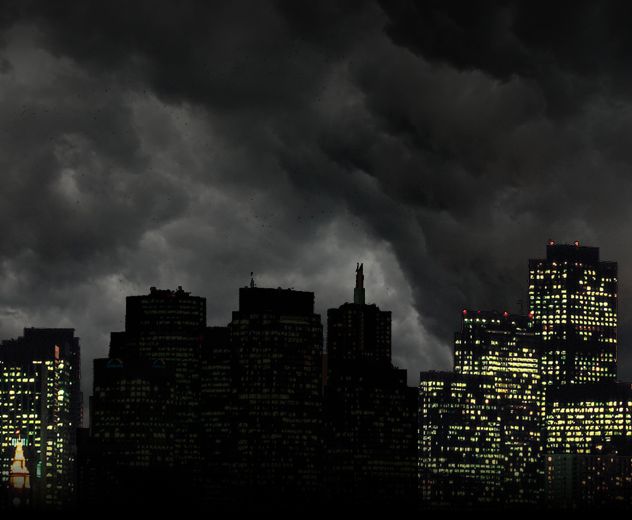Power outages see big jump in UK shows research


The number of power outages in the UK rose dramatically last year, resulting in widespread productivity losses across industry.
The latest Blackout Tracker report, from power management company Eaton, says there were 640 outages in 2015, a marked increase on the 537 incidents recorded in 2014.
The report also found that a total of 2,564,827 people were affected by the outages, which lasted for an average of 50 minutes.
The statistics in the Blackout Tracker highlight the problem of unreliable electricity supply at a time when the UK’s ageing energy infrastructure is coming under increasing pressure. A report from the Institution of Mechanical Engineers (IMechE) warns that as many older coal-fired power stations are shut down, the UK is facing a 40-55 percent electricity supply gap – resulting in the likelihood of more frequent power outages.
“However, with little or no focus on reducing electricity demand, the retirement of the majority of the country’s ageing nuclear fleet, recent proposals to phase out coal-fired power by 2025, and the cut in renewable energy subsidies, the UK is on course to produce even less electricity than it does at the moment.”
Steve Spicer, IT segment lead, Eaton UK, says that the spike in the number of outages highlighted by the Blackout Tracker report emphasises how “fragile” the UK power networks are becoming, increasing the need for businesses to develop an adequate power protection plan.
“Businesses are being hugely inconvenienced by an unreliable power supply. Outages lead to downtime, and that costs money. For example, on average, a medium sized data centre will experience over three downtime events each year, with the average power cut lasting over 3.5 hours.
“Based on this, the total cost for downtime will be over 66,170 euros per hour. With the ability to cause irreparable damage and irretrievable loss of revenue in a matter of minutes, downtime is, in a word, disastrous.”
In terms of geographic regions, the South East of England suffered the most blackouts, with 124 incidents in 2015. The South West of England endured the second highest number of blackouts (98), while the North West of England saw the lights go out 75 times across the year.
The Blackout Tracker reveals that the most significant outage occurred on 10 January 2015 when one million people across the North East of Scotland were left in the dark after a huge storm toppled power lines. On the 21 July, meanwhile, 135,000 people in and around Havering in Greater London were left without power after a fire damaged electrical cables.
The report also highlights some of the more unusual causes of outages, including a combine harvester bringing down power lines in Diss, Norfolk, and a squirrel chewing through power cables in Yeovil, Somerset, cutting electricity to 1,000 customers.
@AntonySavvas
Recent Posts
Flashpoint enters new chapter with global partner programme
Security vendor Flashpoint debuts partner programme following $28m funding
Channel partner “disconnect” hindering growth
Complex buying journeys and sprawling partner networks hampering customer experience, says Accenture
Cyxtera launches global channel partner programme
Datacentre provider Cyxtera says launch is “milestone in our go-to-market strategy”
US IT provider brings mainframe services to UK
Ensono highlights importance of mainframes still to major industries
VASCO and Nuvias expand distribution across EMEA
Security vendor VASCO looks to replicate UK and German set up across EMEA
Splunk says channel investments driving growth
Splunk details investment in Partner+ programme at .conf2017